pain after port placement
 Port placement | rleepenn's Blog
Port placement | rleepenn's BlogFrom radiation therapy to clinical trials to check-ins with your doctor, your care becomes as convenient as possible. From 3/3, vaccines are available for MSK patients over the age of 18 who live in New York state and who were treated for cancer in MSK or after 1/1/18. For more information, and if you live in NJ: About your Puerto Implantado This information will teach you about the placement and care of your implanted port. An implanted port is a type of central venous catheter (CVC). About Implanted Ports An implanted port (also known as a "port") is a flexible tube that is placed in a vein in the chest. It will make it easier for your healthcare team:The implanted ports are usually placed about 1 inch (2.5 centimeters) below the center of your right column (see Figure 1). If you use a bra, your implanted port will be approximately 1 inch from where your bra strap is located. Figure 1. Port location Unused ports can remain in place for years. Your doctor will withdraw your port when you no longer need it. Types of Implanted Ports All implanted ports are made up of 2 parts: the port with a sept and a catheter (see Figure 2). Figure 2. Parts of your port There are 2 types of implanted ports: Figure 3. Individual and double ports Most of the ports implanted will be the size of a nickel or a quarter. They can be circular, oval or triangle-shaped. Your doctor will choose the one that is best for you and your treatments. Its port can be called BardPort®, a Mediport®, a PowerPort® or an A-Cath® port. Most of the implanted ports are made to be used during imaging tests, such as CT scans or magnetic resonance imaging (MRI), to allow high-speed injections (shots) of contrast. These implanted ports are called energy injectable ports. When you have your implanted port placed, your nurse will tell you if you have an energy-injectable port. They will also give you a wallet card with information about your implanted port. You should take her with you at all times. Access to your implanted port When you need fluids or IV medications, your nurse will place a needle through the access point in your implanted port. This is called access to your port (see Figure 4). The liquid or medication will pass from its implanted port through the catheter and its bloodstream. Do not let anyone who is not trained in the port access to access your port. Figure 4. Access to your port About your location of Puerto Implantado Before your procedure Before placing the implanted port, tell your doctor if you are allergic to a medication called heparin. Heparin prevents blood clots from forming. If you're allergic to heparin, you'll need a special kind of port. Your port will be placed in Interventional Radiology or in the operating room. Port placement is a short procedure. Your doctor or nurse will tell you how to prepare for it. Before the procedure, you will have a IV line placed on your arm. You will receive medicines through your IV that will make you feel drowsy. The medicine will control pain and anxiety. Remove Devices from Your Skin If you use any of the following devices on your skin, the manufacturer recommends that you remove it before your scan or procedure: Talk to your healthcare provider about scheduling your appointment closer to the date you need to change your device. Be sure to have an additional device with you to put after your scan or procedure. If you are not sure how to manage your glucose while your device is off, talk to the healthcare provider who manages your diabetes care before your appointment. During your procedure The area where the implanted port will be placed will be cleaned and numb with local anesthesia (medication that numbs an area of your body). You will be given local anesthesia in 2 places, your neck and your chest. A small incision (surgical cut) will be made at the base of your neck. A second incision will be made in the chest, under the collarbone. The catheter will be placed through the second incision, tunneled under your skin to the first incision, and embedded in your vein. Its incisions will be closed with sutures (points) or surgical tail called Dermabond®. If you have sutures, you will be absorbed and you will not need to be eliminated. After your procedure You may have some discomfort in your incision sites and where the catheter was tunneled under your skin. This pain should be improved in 24 to 48 hours. You can take medications for the over-the-counter pain (prescription medication) if you need it. Most people do not need prescription pain medications. If your port will be used the day you are placed, your doctor will insert an access needle into the sept during placement in the port. The needle and port will be covered by a bandage (stir). There will also be a small bandage on top incision. Take care of your incision site If your incisions were closed with sutures: If your incisions were closed with Dermabond: After your incision is healthy Once your incision is healthy, you can return to your normal daily activities, such as household chores, labor responsibilities and exercise. You can swim with your implanted port while there is no needle in place. Do not play any contact sport, such as football or rugby. Its implanted port can lift its skin about 1⁄2 inch (1.2 centimeters). You may be able to feel it through your skin, but you will probably not be able to see it when you wear a V-neck shirt. Most people won't know you got it. The skin on your implanted port does not need any special care. You can wash it like you would normally. When the implanted port is used, you will have a bandage on the needle. The bandage should be kept dry and in place while the needle is in the port. You don't need a bandage on the implanted port when it's not being used. Your implanted port will not deactivate metal detectors. Flushing your implanted port Your implanted port will have to be removed by a nurse every 4 weeks when it is not used. This is done to ensure that the catheter is not blocked. If it is blocked, it may not work anymore and may have to be deleted. Call your interventional radiologist if you:Call your healthcare provider if you have:Tell us what you think Tell us what you think Your opinion will help us improve the information we provide to patients and caregivers. We read all the comments, but we cannot answer. If you have questions about your care, contact your healthcare provider. Questions Yeah. Anything. No. Was it easy to understand this information? Yeah. Anything. No. Last Update For more resources, visit our virtual library. Create a personalized communication board for patients who cannot use their voice. create and save frequently used communication tables. MSK cancer experts are here to help. Sign up for MyMSK to send your questions and receive answers to your most urgent concerns. It's simple, and it's safe.

Breast Cancer Topic: Port-a Cath pain?

CSA Surgical Center - Porta-Catheter Placement

Port Surgery Recovery - LullaBYE Pain
Implantable ports for treatment - chemotherapy, antibiotics - Macmillan Cancer Support
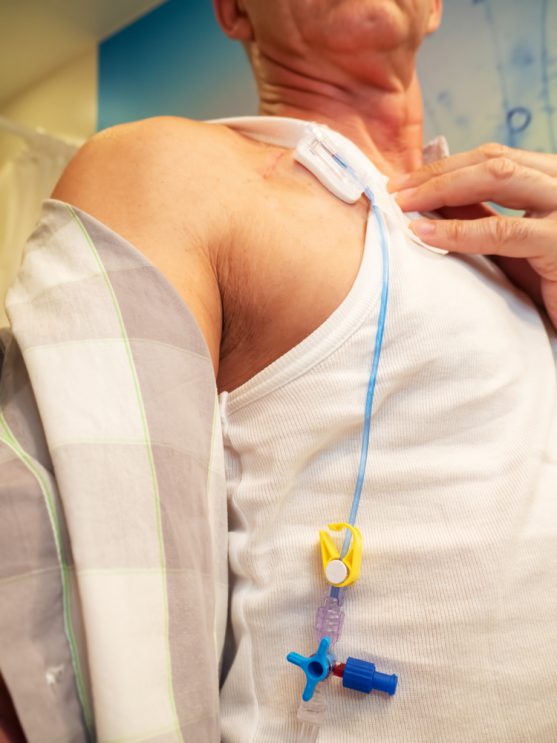
Answers to all Your Questions on Chemoports | Onco.com
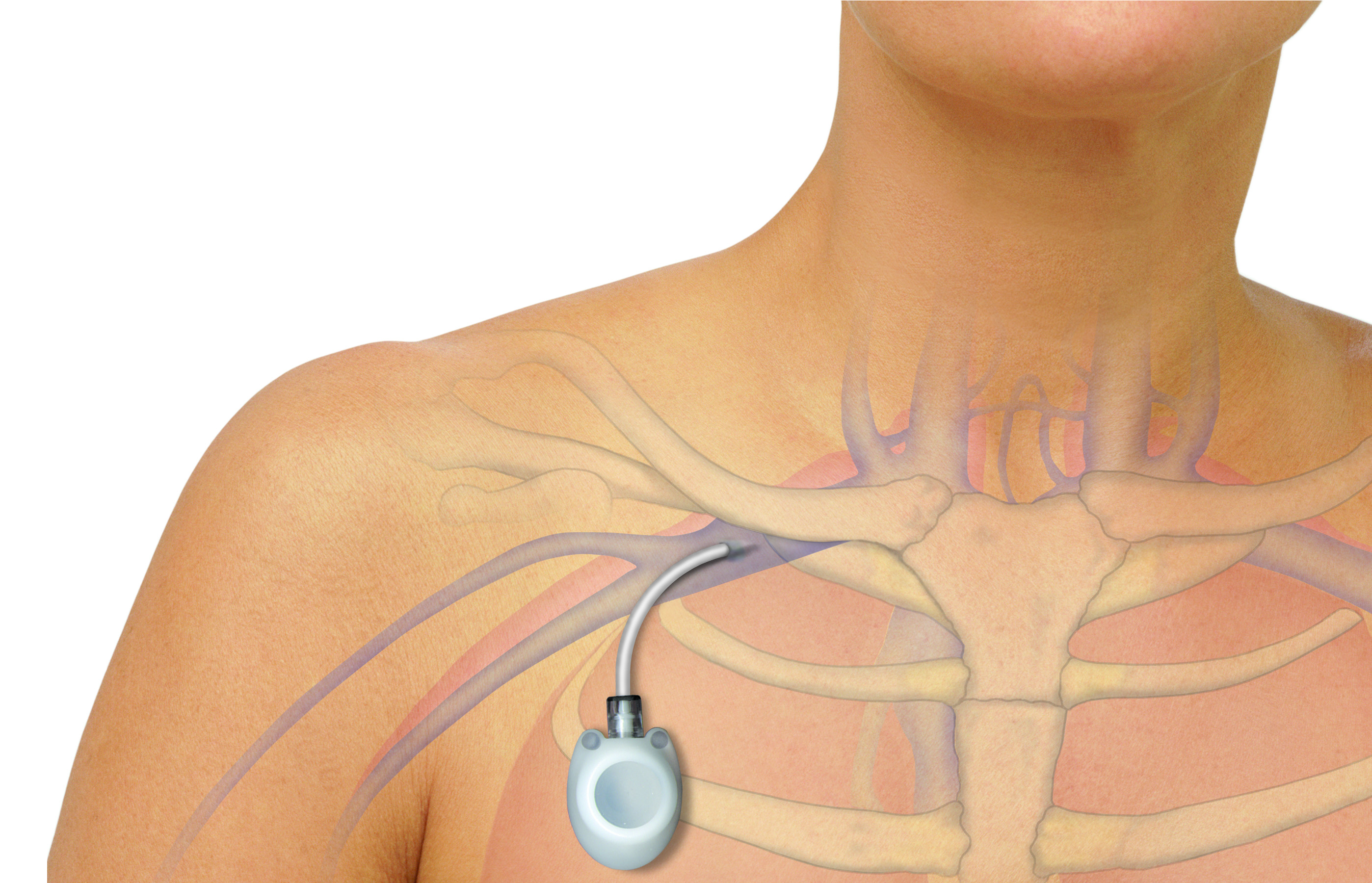
port placement | InsideBVI
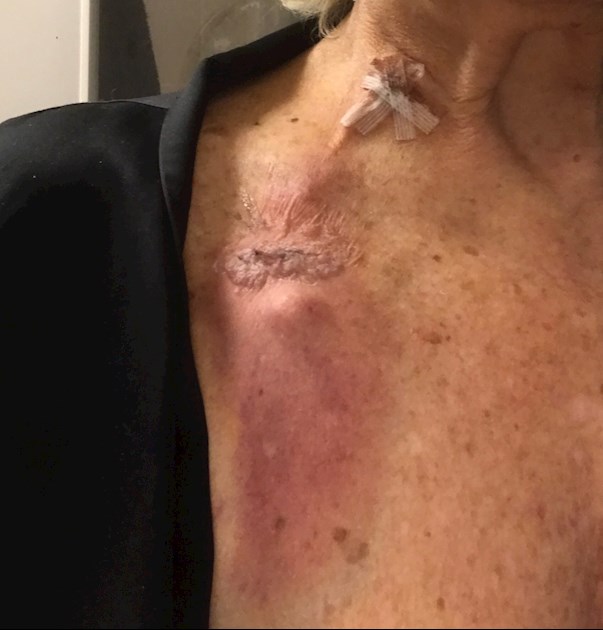
Port Insertion Trauma - Am I the only one? - My Ovacome

Port

Local Anesthesia for Port Catheter Placement in Oncology Patients: An Alternative to Landmark Technique Using Ultrasound-Guided Superficial Cervical Plexus Block—A Prospective Randomized Study

Port
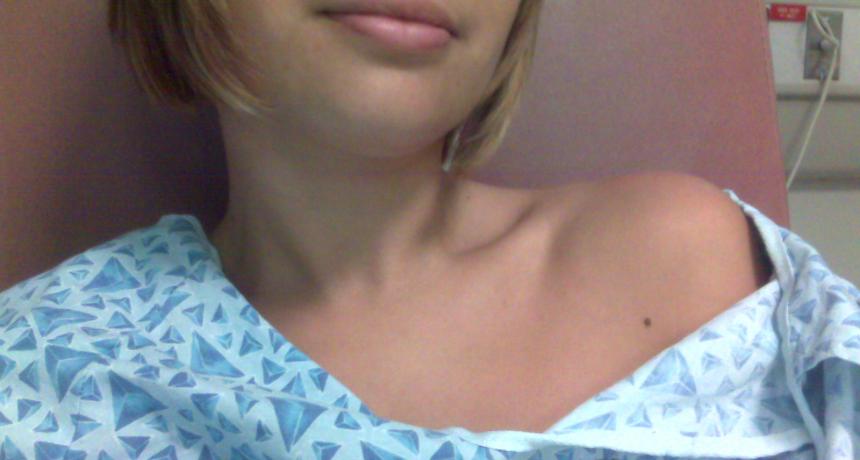
A Survivor's List of the Pros & Cons of Chemo Ports |...
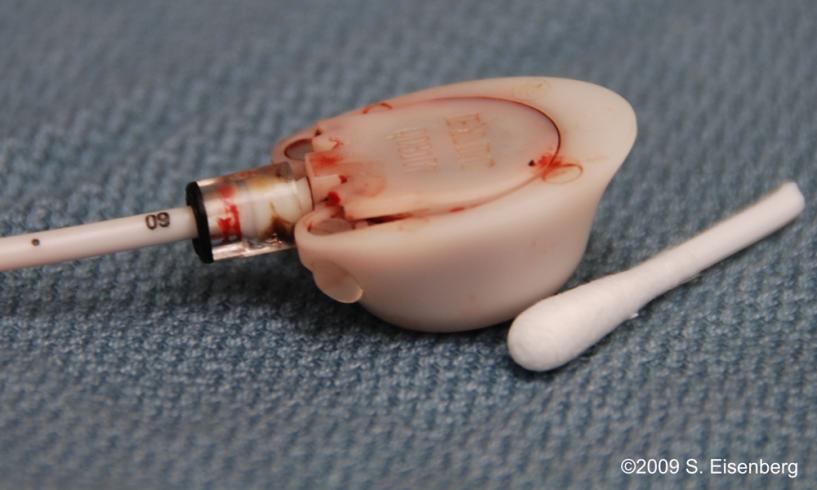
The Case of the Painful Port | ONS Voice

5 Things You Need to Know About Ports
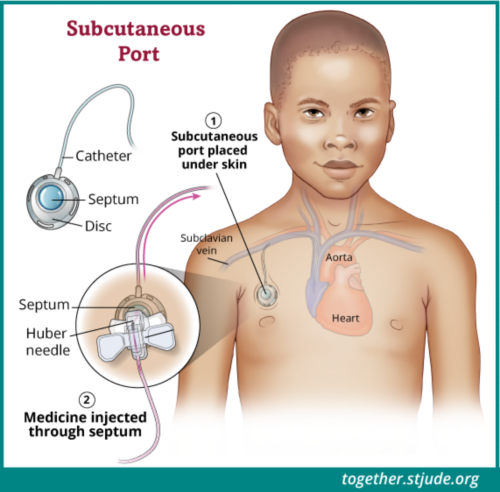
Subcutaneous Port for Pediatric Cancer Patients - Together
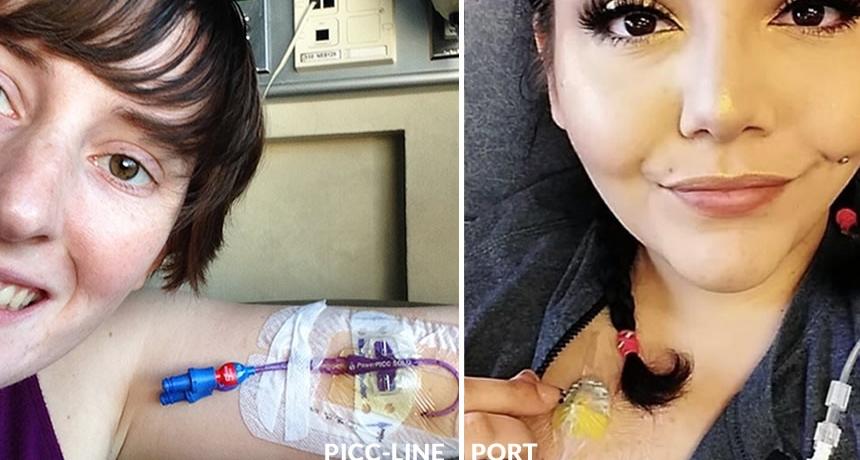
What To Know About PICC Lines and Ports | Cancer 101 |...
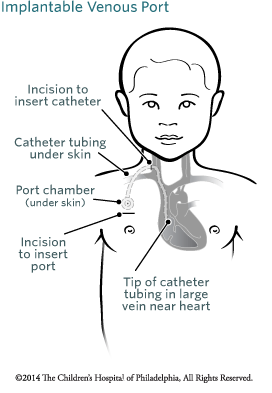
Implantable Venous Port | Children's Hospital of Philadelphia
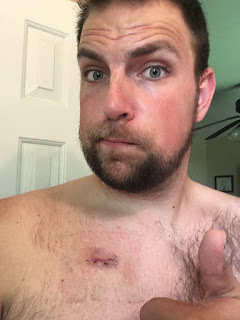
My Port Removal - Avengers Style | A Ballsy Sense of Tumor

A 58-Year-Old Female with a New Infusion Port and Shoulder Pain | Page 2 of 2 | Journal of Urgent Care Medicine
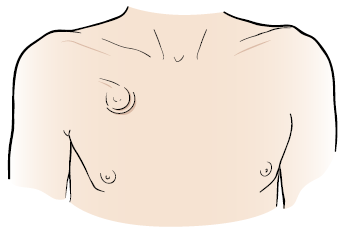
About Your Implanted Port | Memorial Sloan Kettering Cancer Center
Chemoport Insertion | Varicose veins | Vascular surgeon | Stroke | DVT | Leg gangrene | Cancer

Implanted Venous Access Device (Port) | OncoLink

What Is A Port-A-Cath?
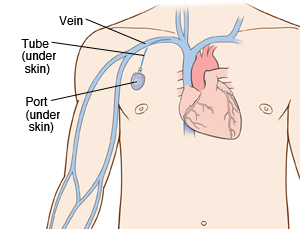
Vascular Access Port Implantation | Saint Luke's Health System

Anatomy of a Port, aka. the Lump in my Chest | Just Us
:max_bytes(150000):strip_icc()/tissue-expanders-and-breast-reconstruction-430401-af47704770f24a848ec3e2c7d6150529.png)
Tissue Expander Pain Causes and Management

Tubes, Lines, Ports, and Catheters Used in Cancer Treatment
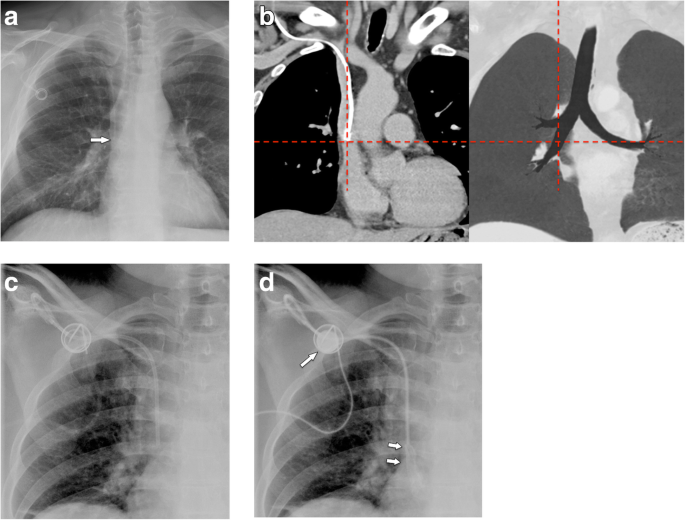
Complications of central venous port systems: a pictorial review | Insights into Imaging | Full Text

Placement of the end of the ON-Q pain pump catheter over the fascia... | Download Scientific Diagram
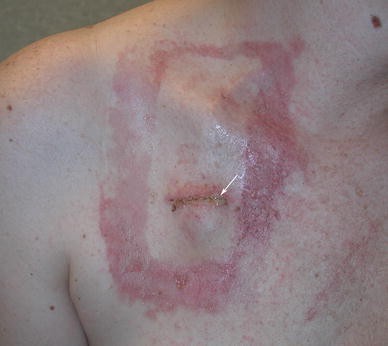
Venous Access Ports: Indications, Implantation Technique, Follow-Up, and Complications | SpringerLink
Port Placement Discharge Instructions
Common Port Problems

5 Things You Need to Know About Ports
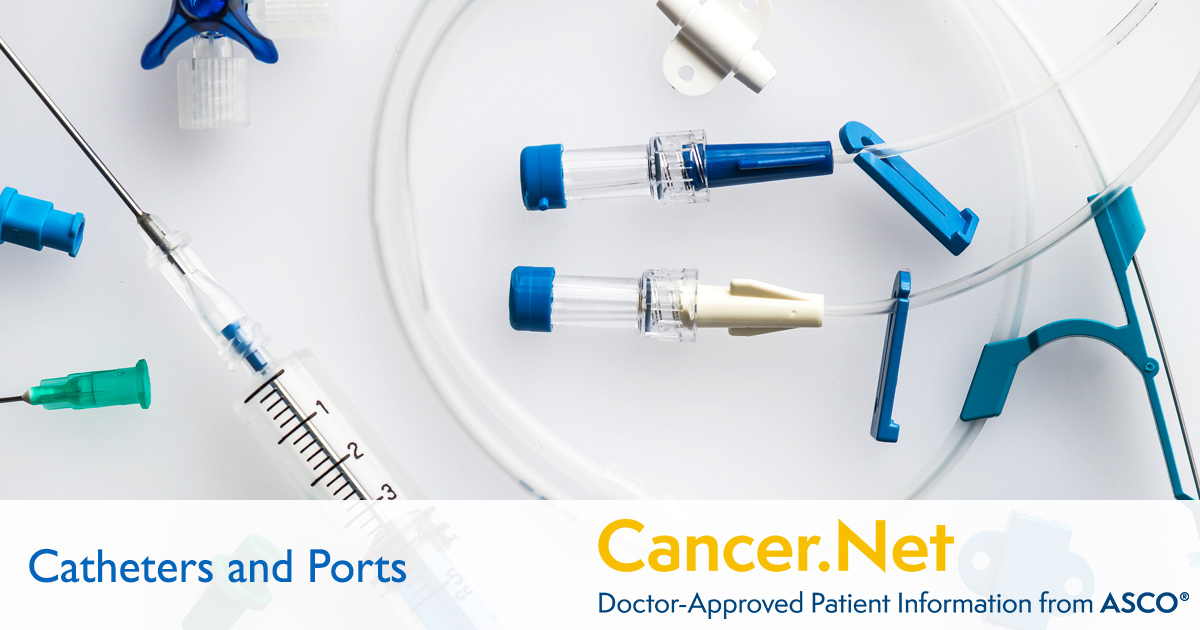
Catheters and Ports in Cancer Treatment | Cancer.Net
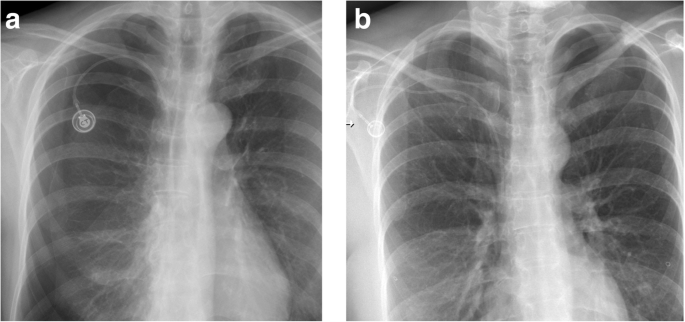
Complications of central venous port systems: a pictorial review | Insights into Imaging | Full Text

PORT placement revisited… | EM REMS
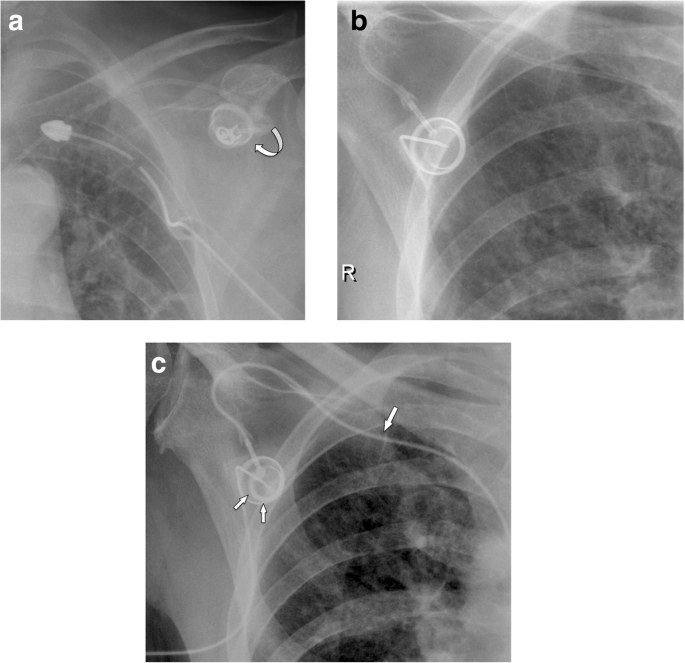
Complications of central venous port systems: a pictorial review | Insights into Imaging | Full Text

Subcutaneous Port Placement - YouTube

Port Placement - Radiology Associates of DeKalb, P.C. - Decatur & Atlanta, GA

Vascular Access Devices: PICCs and Ports | CF Foundation
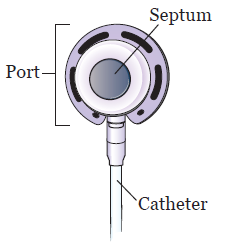
About Your Implanted Port | Memorial Sloan Kettering Cancer Center
Posting Komentar untuk "pain after port placement"